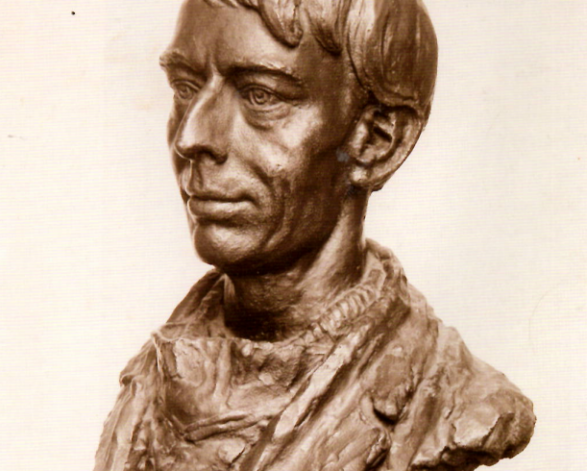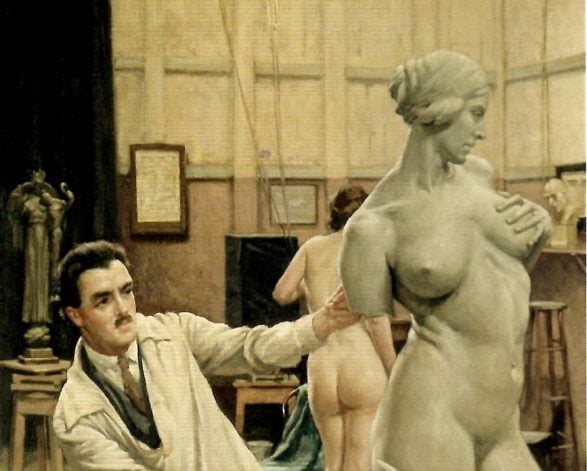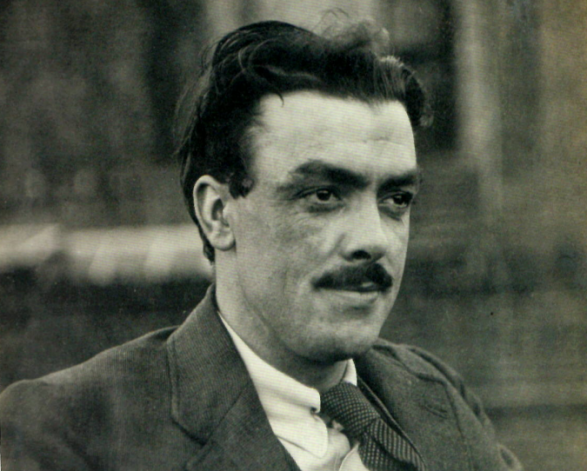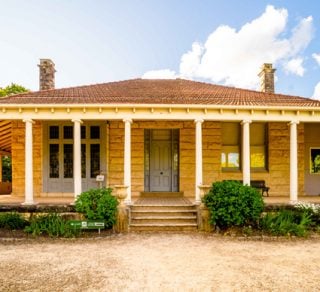Rayner Hoff’s bold figurative sculpture of the 1920s and 1930s aligned closely with Norman and Rose Lindsay’s devotion to classical mythology. This exhibition explores Hoff's work and the creative friendship he shared with the Lindsay's.
In the 1920s and 1930s, Rayner Hoff was the most gifted – and controversial – public sculptor in Australia, best known for the sculptures and friezes that adorn Sydney’s Anzac Memorial, including Sacrifice at its centre.
Between the First and Second World Wars, Rayner Hoff transformed Australian sculpture. He was our foremost art deco sculptor, who produced major high-profile commissions and works of explicit sensuality and, at times, radical sexuality.
After moving from London in the early 1920s, Hoff taught at and eventually ran the National Art School. As well as completing the Anzac Memorial sculptures – which generated uproar when the Catholic Archbishop of Sydney opposed two further works planned for the Memorial – he also designed the original Holden lion badge and won the Wynne Prize in 1927.
Hoff was involved with a group of writers, musicians and artists, including Norman Lindsay, who viewed classical culture as an ideal state and Australia as an Antipodean Arcady. He was also committed to vitalism, a doctrine that proposes that living things are animated by more than physical or chemical forces but also by a ‘life-energy’. These were among a number of ideas – including nationalism, eugenics and the body culture movement – that were prevalent in the period.
During visits to the Lindsays’ Springwood estate, Hoff collaborated with them on works such as the celebrated Sphinx radiator cap. This exhibition explores that creative friendship through a display of sculptures, photographs and archival material.




